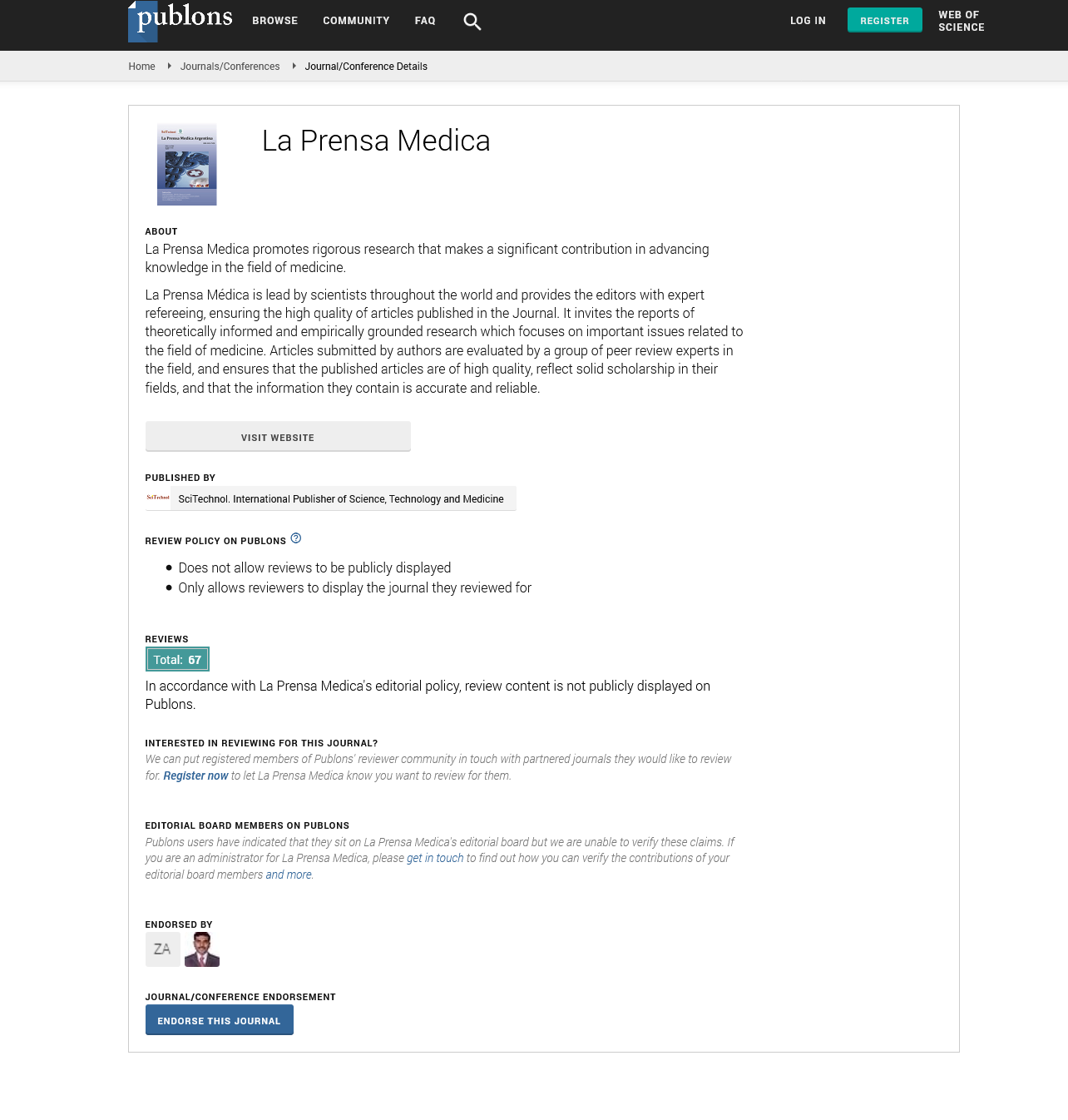Research Article, Prensa Med Argent Vol: 101 Issue: 4
Methods of Increasing Probiotic Survival in Food and Gastrointestinal Conditions
Abstract
Methods of Increasing Probiotic Survival in Food and Gastrointestinal Conditions
Several studies have shown that the therapeutic value of live probiotic bacteria is more than unviable cells. Although the researches on the therapeutic value of dead probiotic cells and their metabolites are not sufficient, most researchers believe that the survival of probiotic bacteria is very important for their therapeutic effects. Thus, attempts have been made to increase the survival of probiotics. Some studies have been done to evaluate the tolerance of probiotics against low pH and high bile, conditions that probiotic bacteria must face in gastrointestinal tract. More investigations are required to study the survival of probiotics during processing and storage. Dairy products are largely used as vehicles for probiotic bacteria. Type of dairy food, its temperature and content of air can affect the viability of probiotics. International Dairy Federation (IDF) suggests that a probiotic product should contain a minimum of 107 live probiotic bacteria per gram of the product, at the time of consumption. Factors affecting probiotic survival have been widely studied in yoghurt but further studies are warranted in other dairy products such as ice cream. The method of increasing probiotic survival depends on the nature of the food product which is to be used as probiotic carrier. Selection of resistant probiotic strains to production, storage and gastrointestinal tract conditions is one of the most important methods. Adjusting the condition of production and storage for more survival rates is another priority to be considered. The physical protection of probiotics by microencapsulation is a novel technique to increase the survival of probiotics.
 Spanish
Spanish  Chinese
Chinese  Russian
Russian  German
German  French
French  Japanese
Japanese  Portuguese
Portuguese  Hindi
Hindi 

